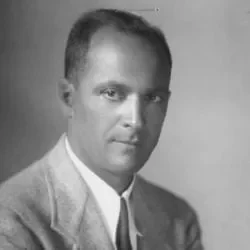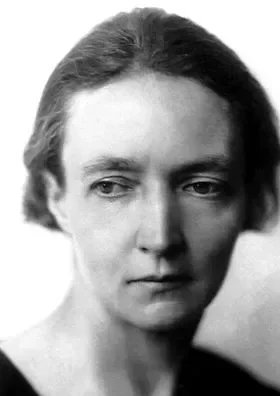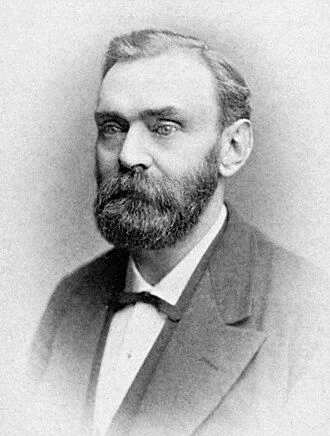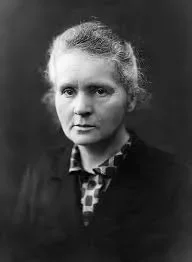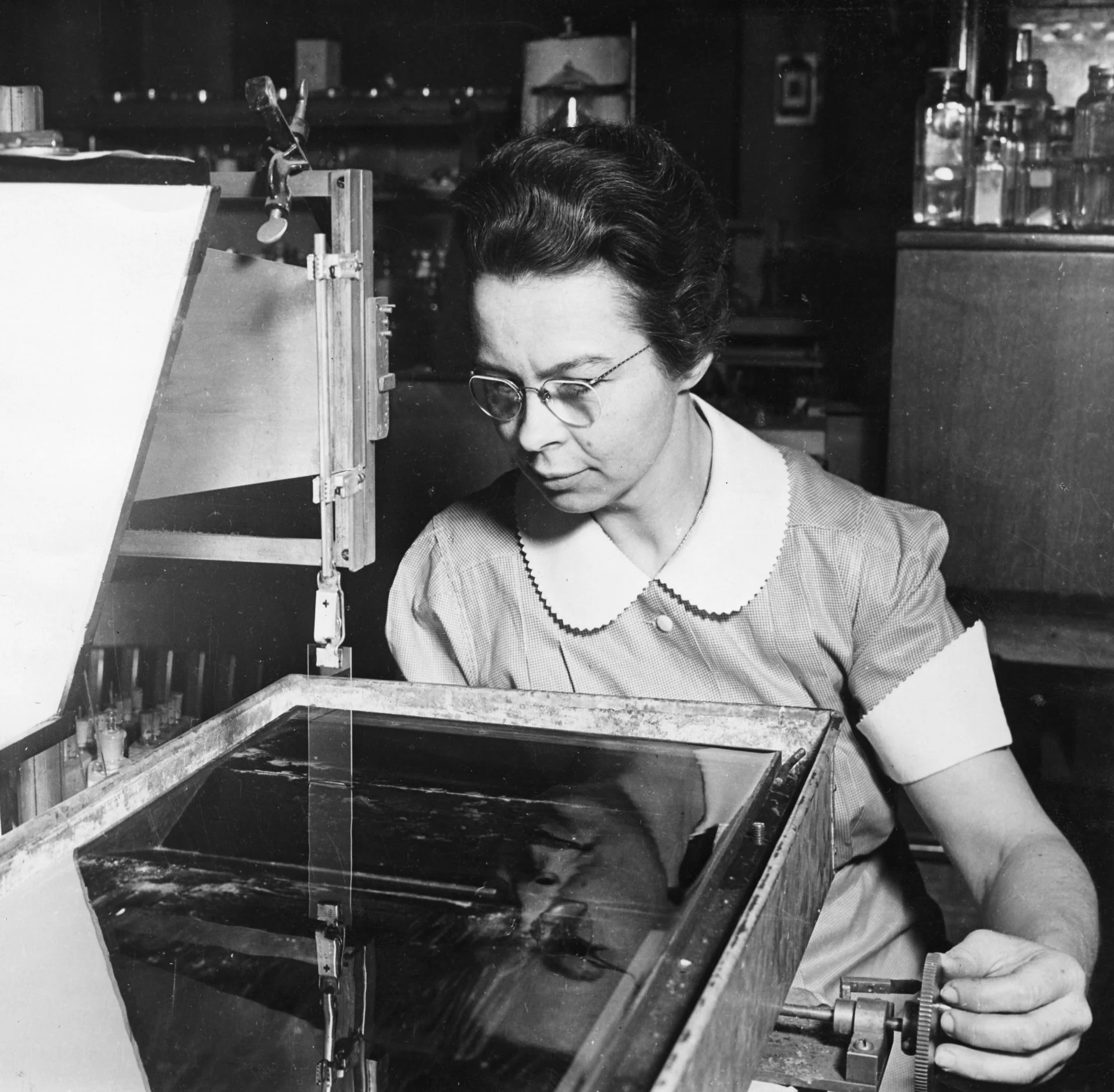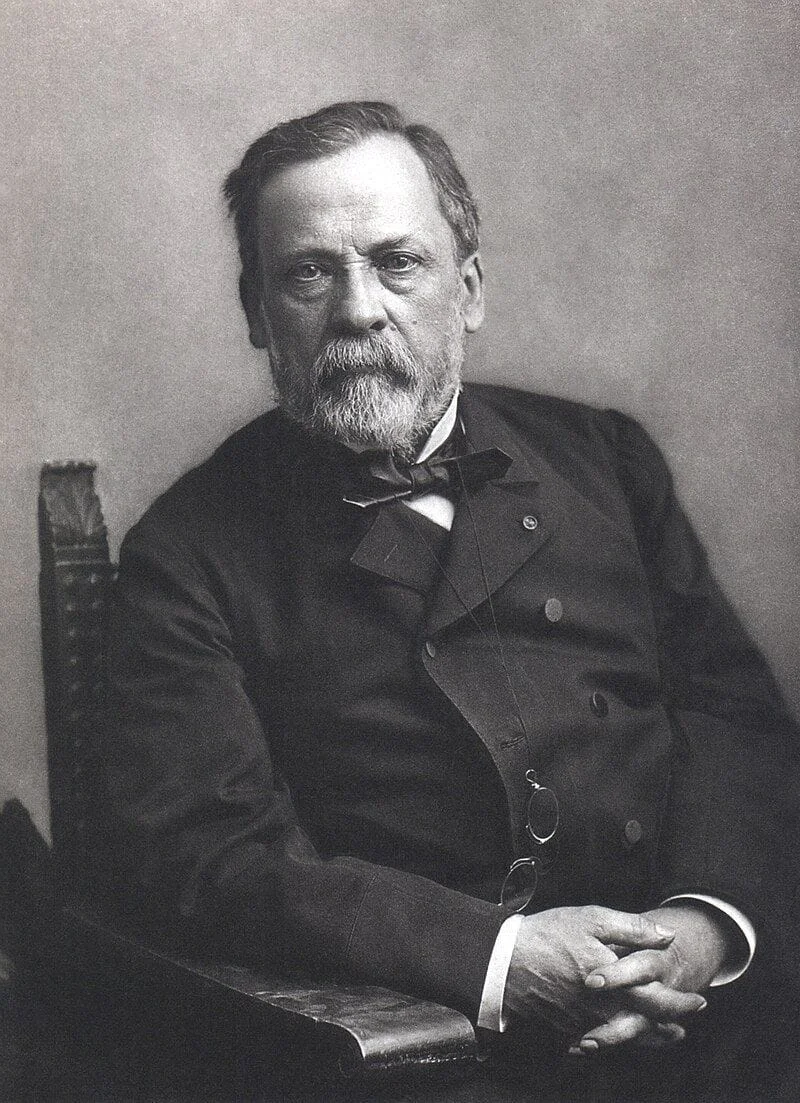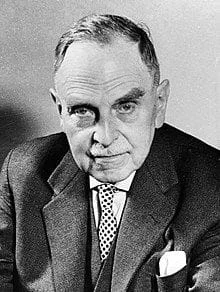Real Celebrities Never Die!
OR
Search For Past Celebrities Whose Birthday You Share

source:wikipedia.org
Antoine Lavoisier
Birthday:
26 Aug, 1743
Date of Death:
08 May, 1794
Cause of death:
Guillotined during the French Revolution
Nationality:
French
Famous As:
Economist
Age at the time of death:
50
Introduction to Antoine Lavoisier
Antoine-Laurent de Lavoisier was born on August 26, 1743, in Paris, France. Antoine Lavoisier is known as the Father of Modern Chemistry. His work in the late 18th century laid the foundation for modern understanding of chemical reactions and mass conservation. Lavoisier’s impact on chemistry went beyond just conducting experiments.
Early Life
Antoine Lavoisier was born into a wealthy family.. His father, Jean-Antoine Lavoisier, was a lawyer, and his mother, Émilie Punctis, came from a wealthy family involved in the textile trade. Lavoisier’s early education was well-rounded, involving literature, mathematics, and the sciences.
Education and Early Career
Antoine Lavoisier enrolled at the Collège des Quatre-Nations (Collège Mazarin) in 1761 to study law, as his family expected him to pursue a legal profession. His true passion lay in the natural sciences. Even though he finished his law studies and became a certified lawyer, Lavoisier devoted himself to scientific endeavors.
Personal Life
In 1771, Lavoisier married Marie-Anne Pierrette Paulze, the 13-year-old daughter of a colleague. In Lavoisier’s scientific endeavors, Marie-Anne played a vital role by assisting in the lab, translating, and creating illustrations. The couple had a strong and productive partnership. The contributions made by Marie-Anne to Lavoisier’s work were significant.
Antoine Lavoisier's Quote's
Professional Details
Antoine Lavoisier joined the scientific community when he was elected to the French Academy of Sciences in 1768. At the beginning of his research, he gave special attention to chemistry, specifically exploring the properties of gases. He challenged the traditional view of water as an element by presenting a memoir on its nature and components to the Academy in 1772.
Lavoisier’s work extended to diverse areas of chemistry, including combustion, respiration, and the nature of acids. His experiments led to the formulation of the law of conservation of mass, stating that in a chemical reaction, matter is neither created nor destroyed.
A Controversial Legacy and Untimely End
Lavoisier’s scientific achievements were revolutionary, but his involvement in public and financial matters made him susceptible during the French Revolution. At the age of 50, he was executed by guillotine on May 8, 1794, after being accused of corruption and profiteering. His scientific legacy lived on, forever changing chemistry and the world, despite the tragic death.
Name:
Antoine Lavoisier
Popular Name:
Antoine Lavoisier
Gender:
Male
Cause of Death:
Guillotined during the French Revolution
Spouse:
Place of Birth:
Paris, France
Place of Death:
Paris, France
Occupation / Profession:
Personality Type
Architect: Imaginative and strategic thinkers, with a plan for everything. Lavoisier was logical, strategic, and forward-thinking. He was an innovator who revolutionized chemistry with his insights and scientific methodology.
He was a tax collector, which led to his execution during the French Revolution.
Lavoisier’s wife, Marie-Anne Paulze, was instrumental in his work, translating scientific papers and illustrating his experiments.
Lavoisier's laboratory, located in the Jardin du Roi (now Jardin des Plantes), has been preserved and is open to the public, offering a glimpse into the birthplace of modern chemistry.
Conducted pioneering work in combustion and respiration.
Published the landmark book Traité Élémentaire de Chimie (Elementary Treatise on Chemistry) in 1789.
Identified and named oxygen and hydrogen.
Established the law of conservation of mass.
Helped develop the modern system of chemical nomenclature.
